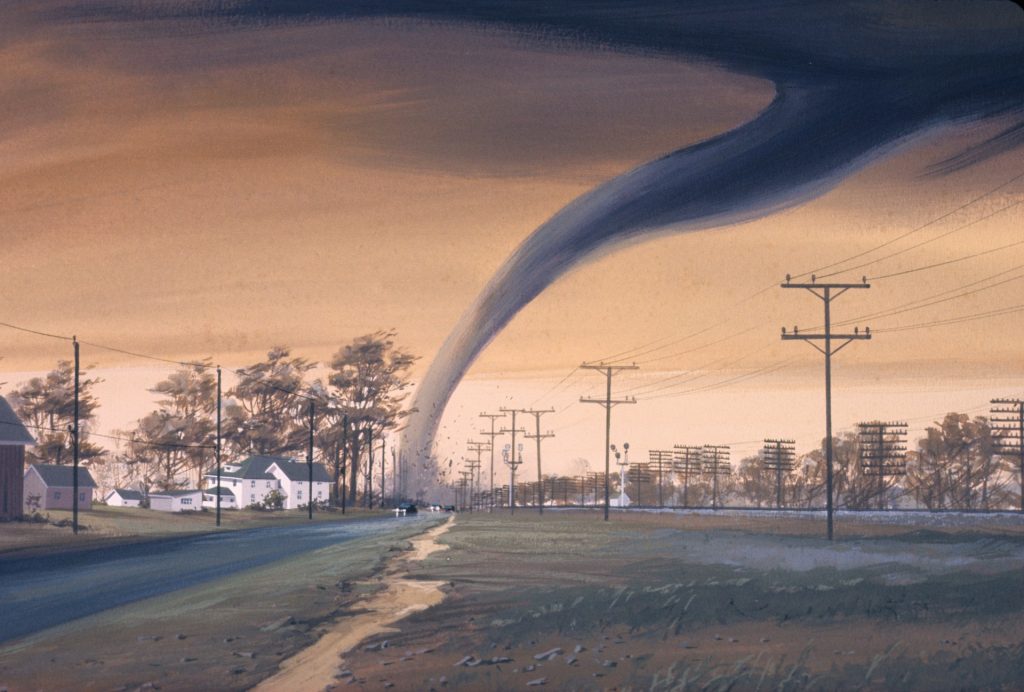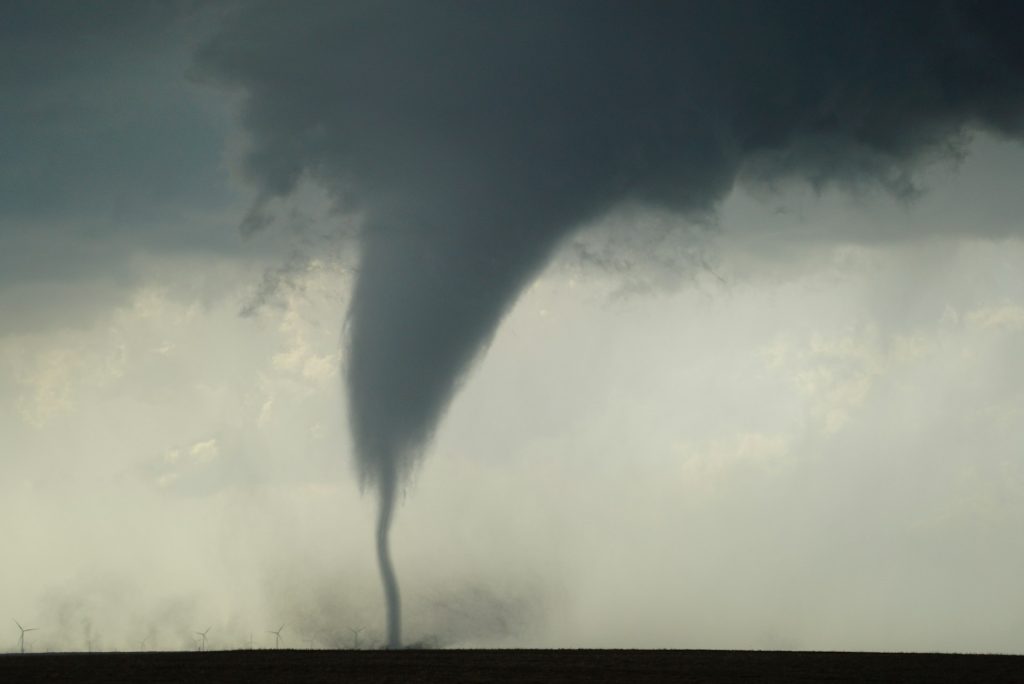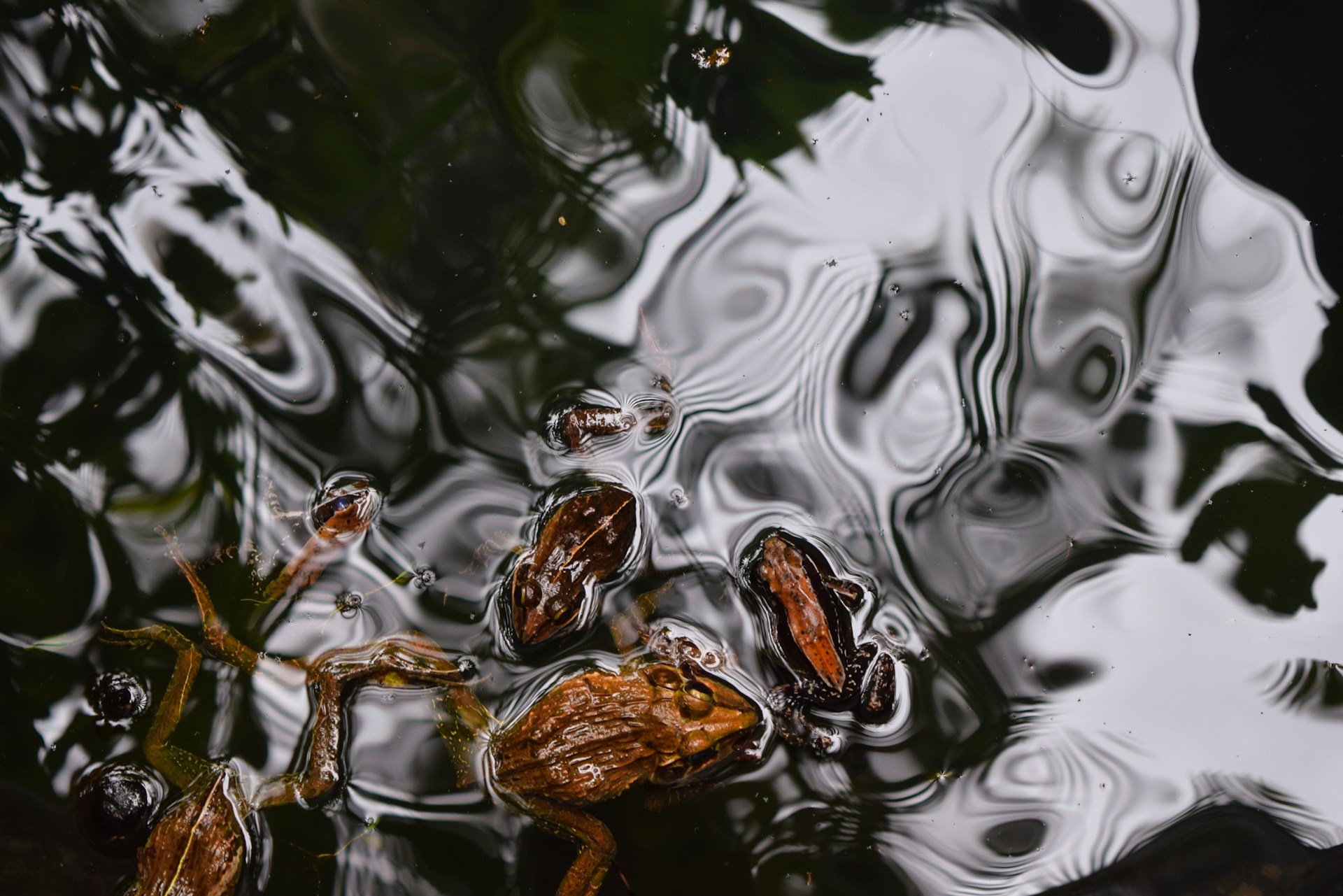Ever heard the phrase “It’s raining cats and dogs”? Well, what if I told you that it’s not just an old saying? Throughout history, there have been some truly bizarre reports of it actually raining frogs, fish, and even other unexpected objects! But how does this strange weather phenomenon happen? Buckle up as we dive into the wild world of animal rainfalls and the science behind these unusual occurrences!

The History of Raining Animals
Reports of raining frogs and fish date back to ancient civilizations. From the biblical tales of plagues to medieval chronicles, strange downpours have intrigued humanity for centuries. But don’t be fooled—these aren’t your typical rain showers! Instead of water falling from the sky, it’s animals being swept up by the powerful forces of nature. And while no one has ever witnessed frogs vaporizing into the atmosphere, the science behind these events is equally fascinating!
Tornadoes and Waterspouts: Nature’s Animal Lifts
So, how exactly does this happen? Many scientists believe that tornadic waterspouts, those whirlwind phenomena that form over water, may be the culprits behind these unusual rainfalls. According to Complete Weather Resource, a tornadic waterspout is simply a tornado that starts over land and travels over water. Although they aren’t as powerful as land-based tornadoes— which can reach speeds of up to 310 miles per hour—these waterspouts can still whirl at speeds of 100 miles per hour, easily picking up small animals along the way.
Picture this: a tornado forms, creating a swirling vortex of low-pressure air that draws everything in its path into its funnel. As this whirlwind spins, it can suck up frogs, fish, and even small objects from the ground and lift them high into the sky! Once the waterspout weakens, the creatures are released, showering unsuspecting townsfolk with an unexpected “rain” of frogs or fish!
The Mechanics Behind the Madness
While waterspouts are often blamed, other powerful weather phenomena can also lead to raining animals. Take updrafts, for example. Doc Horsley from Southern Illinois University theorizes that any unusually strong updraft could potentially lift small organisms into the sky during a storm. These updrafts, created by warm air rising into cooler areas, play a crucial role in cloud formation and storm development.
During thunderstorms, these updrafts can reach speeds of over 60 miles per hour—comparable to those of moderate-strength waterspouts! In fact, when it rained frogs in Kansas City back in 1873, scientists concluded that a tornado or another land-based storm must have caused the strange occurrence since there were no swamps or lakes nearby. It’s a theory that adds up, don’t you think?

Why Is It Always Frogs and Fish?
One peculiar aspect of these animal rainfalls is the uniformity of what’s deposited. Witnesses often report only frogs or only fish falling from the sky, not a mixed bag of various animals. According to William Hayden Smith from Washington University, this makes perfect sense. When winds lose their energy, heavier objects like fish drop first, while lighter ones like frogs follow suit. It’s a wild, if not somewhat orderly, natural process!
Strange Stories from the Sky
Despite skepticism in the scientific community, numerous eyewitness reports suggest that rainfalls of frogs, fish, and other objects occur from time to time. Take this fascinating account from October 23, 1947, when A.D. Bajkov, a biologist in Louisiana, was dining out when locals alerted him to fish falling from the sky. “There were spots on Main Street, averaging one fish per square yard,” he recalled, adding that he collected specimens to distribute among museums.
And let’s not forget the remarkable occurrence in Odzaci, Serbia, in June 2005, when thousands of frogs rained down during a storm. Climatologist Slavisa Ignjatovic described it as “not very unusual,” given the strong winds that could easily lift frogs into the air. Then there was the bizarre event in Lajamanu, Australia, in 2010, where hundreds of spangled perch fell from the sky. Christine Balmer, a local, was amazed: “These fish fell in their hundreds all over the place!”
The Science of Skepticism
Despite these enthralling accounts, the scientific community remains cautious. Many historical reports come from second- or third-hand accounts, which can cast doubt on their reliability. Additionally, due to the mystique surrounding these stories, some individuals mistakenly report animal rainfalls after storms have disturbed local wildlife, leading to increased sightings of frogs, worms, or fish on the ground. These animals didn’t come from the sky—they were simply displaced!
Embracing the Weirdness of Nature
So, what have we learned from this exploration into the curious world of raining animals? While science can explain many occurrences, the reality is that nature is often stranger than fiction! From tornadic waterspouts to powerful updrafts, the phenomena behind raining frogs and fish are rooted in the unpredictable chaos of our planet’s weather systems.
Next time you hear someone mention “raining frogs” or “fish from the sky,” you’ll be armed with the knowledge to explain the fascinating science behind these phenomena. It’s a reminder that nature, with all its quirks and oddities, never fails to amaze us!

So, whether you’re keeping an eye on the sky or sharing a tale of an unusual rainstorm, remember: when it rains, it might just bring more than water—who knows what might fall next? Stay curious, and keep looking up!




